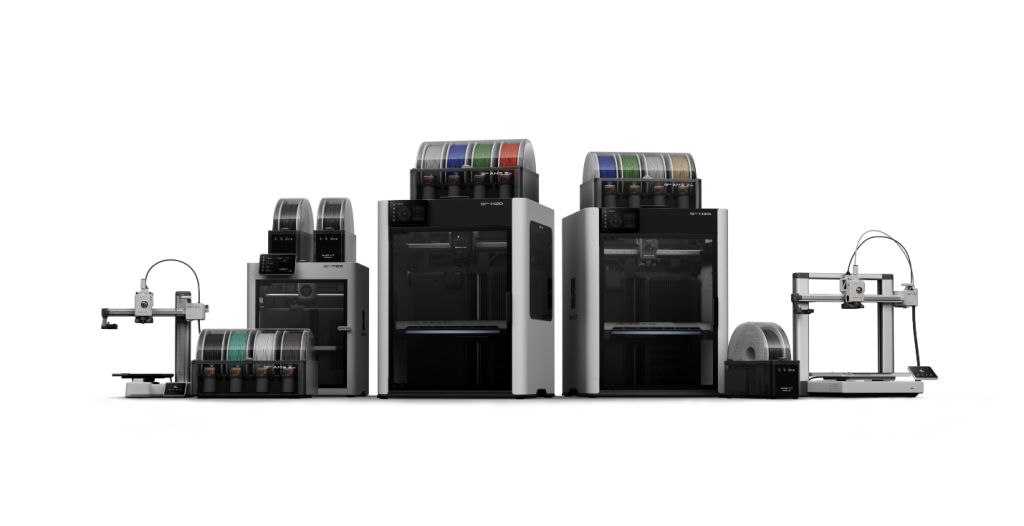In many organisations, budget owners play a crucial role in financial decision-making, but they often face challenges due to limited visibility into real-time budget data. Without up-to-date insights, they’re left making educated guesses, sometimes resulting in overspending or missed opportunities.
By giving budget owners real-time insights, businesses can streamline decision-making, foster accountability, and align spending with strategic goals. Here’s a practical look at seven ways to empower budget owners with real-time data.
1. Provide Access to Real-Time Budget Tracking
Traditional budgeting methods often rely on month-end reports or periodic updates. This delay in access can create gaps in understanding current budget utilisation. By giving budget owners access to real-time data, they can see how each expense impacts their budget immediately.
This up-to-date tracking supports smarter decision-making and reduces the likelihood of surprises at the end of the month. Budget owners stay informed and are better equipped to make spending choices that align with the company’s objectives.
2. Gain Ultimate Budget Visibility

Not every budget owner needs to see the same data, nor will everyone want it displayed similarly. Providing a system that allows a top down view of your budget helps individuals view and analyse specific goals, whether it’s by department, project, or spending category.
These tailored dashboards create a more focused experience, reducing unnecessary information overload. A streamlined view makes it easier to identify trends, track spending categories, and understand where they may need to adjust their focus to stay within budget.
3. Implement Automated Alerts for Spending Limits
One common issue with traditional budgeting is that budget owners only find out they’ve overspent after it happens. By setting up automated alerts, they can receive notifications when they approach a set spending threshold, helping them stay proactive rather than reactive.
For instance, an alert at 75% of the budget utilisation can serve as a reminder to review spending habits and make necessary adjustments before crossing the line. This simple feature can prevent overspending and encourage smarter choices.
4. Use a User-Friendly Budgeting Platform

For budget owners, navigating complex financial software can be challenging, especially if they’re not from a finance background. A user-friendly platform—particularly one that provides a real-time view of budget utilisation—is essential.
Budgeting software like Payhawk, for instance, simplifies budget tracking with intuitive interfaces and clear dashboards. When budget owners can easily access the insights they need, they’re more likely to use the tool consistently and make informed decisions with confidence.
5. Empower Cross-Departmental Visibility
When budget owners only see their department’s numbers, they may miss how their spending impacts other business areas. Allowing cross-departmental visibility fosters a collaborative approach, helping budget owners understand how their choices contribute to or impact company-wide goals.
This encourages departments to collaborate on financial decisions and align spending with the company’s financial health.
6. Foster Accountability with Clear Spending Goals
Providing real-time insights is only one part of empowering budget owners; establishing clear spending goals is equally important. When budget owners have set targets, it’s easier for them to manage their budgets responsibly.
Transparency into how their spending aligns with these goals fosters accountability and helps them prioritise high-impact expenses. With spending targets in place, budget owners can confidently make decisions that contribute to the company’s objectives without the need for constant finance team intervention.
One effective approach is to establish a feedback loop between the finance team and budget owners. Regular check-ins ensure that spending goals are being met and provide a forum to discuss any adjustments that might be needed. This collaboration between finance and budget owners promotes a shared understanding of financial priorities and strengthens department accountability.
7. Simplify Communication with Real-Time Updates

Miscommunication between finance teams and budget owners can lead to time-consuming back-and-forths, especially when discussing budget utilisation. Real-time updates eliminate much of this inefficiency by providing an up-to-date snapshot of the budget at all times.
When budget owners can access live data, they won’t need to reach out for basic spending updates, allowing finance teams to focus on strategic planning rather than fielding questions about budget allocations.
Real-time data also enables budget owners to independently manage their financial responsibilities, reducing the dependency on finance for everyday budget tracking. This streamlined approach encourages a proactive mindset among budget owners, helping them to stay on track without extra oversight.
Why Real-Time Insights Matter
Implementing these strategies and providing real-time insights offers multiple benefits beyond just reducing overspend. When budget owners are empowered, they make decisions with greater confidence, leading to fewer errors, improved financial planning, and more effective use of resources across the organisation.
Additionally, by using the appropriate budgeting software, companies can achieve an efficient, scalable approach to budget management that reduces the reliance on outdated methods such as spreadsheets and end-of-month reports.
With an effective real-time budgeting system in place, organisations can foster a culture of financial accountability and transparency. This shift in approach helps align spending with business objectives and ensures that every department can make decisions supporting the company’s overall strategy.
Conclusion
In today’s fast-paced business environment, real-time budgeting isn’t just a convenience; it’s a necessity. By implementing these seven strategies, businesses can empower budget owners, improve financial accountability, and ultimately make budgeting a smoother, more efficient process for everyone involved.











